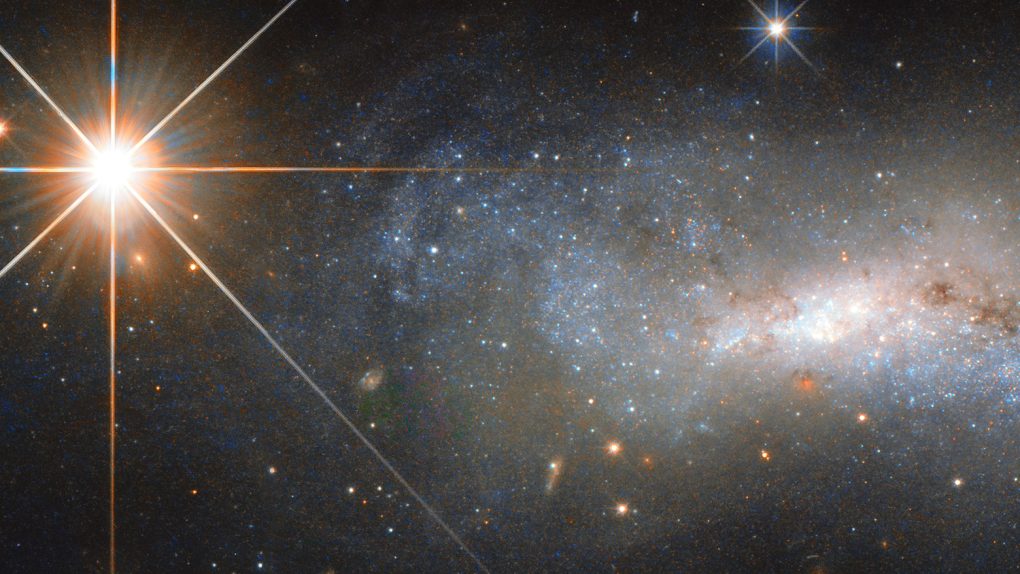Scientists have long attempted to paint a detailed picture of what the universe looked like in the immediate aftermath of the big bang, and new research suggests that some of their most basic assumptions have been entirely incorrect. Researchers studying some of the most ancient regions of the cosmos have discovered a radio signal that suggests the earliest stars were born from incredibly frigid hydrogen gas, roughly twice as cold as previous estimates suggested.
The study, which was published in Nature, focused on detecting signals that were born in the young universe. Setting up shop in an area in an Australian desert, the scientists waited patiently and listened for the faint radio signal produced by the universe’s very first stars. When they finally heard it, it didn’t match what they had previously expected, and now the data has pushed them to reconsider what the universe was like in the couple hundred million years following the big bang.
“We work with theorists, and we know what theorists expect for this signal produced by the first stars. And what we were seeing was different,” Raul Monsalve of the University of Colorado, and co-author of the study, explains. “Specifically, it was a larger signal.”
The big bang is thought to have produced a wealth of gas as well as still-theoretical dark matter. When hydrogen gas in the universe began to form stars it produced the radio signals the scientists are currently studying, but the best way to explain why the signals are larger than expected is that the gas itself was actually much colder than assumed. Attempting to figure out why that might be, Rennan Barkana of Tel Aviv University came up with one possible explanation: dark matter.
Scientists have observed the gravitational effect of dark matter but have never been able to actually explain what it is. However, Barkana’s work suggests it’s possible that dark matter particles intermingling with the hydrogen gas in the early universe led to its super-cooling.
At the moment, all of this remains purely hypothetical, and future research will certainly help to either cement the idea that dark matter played a roll in the earliest star formations or, as is so often the case, completely negate it. Only time will tell.








